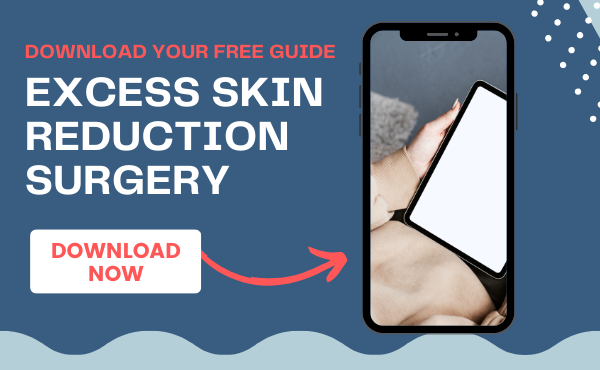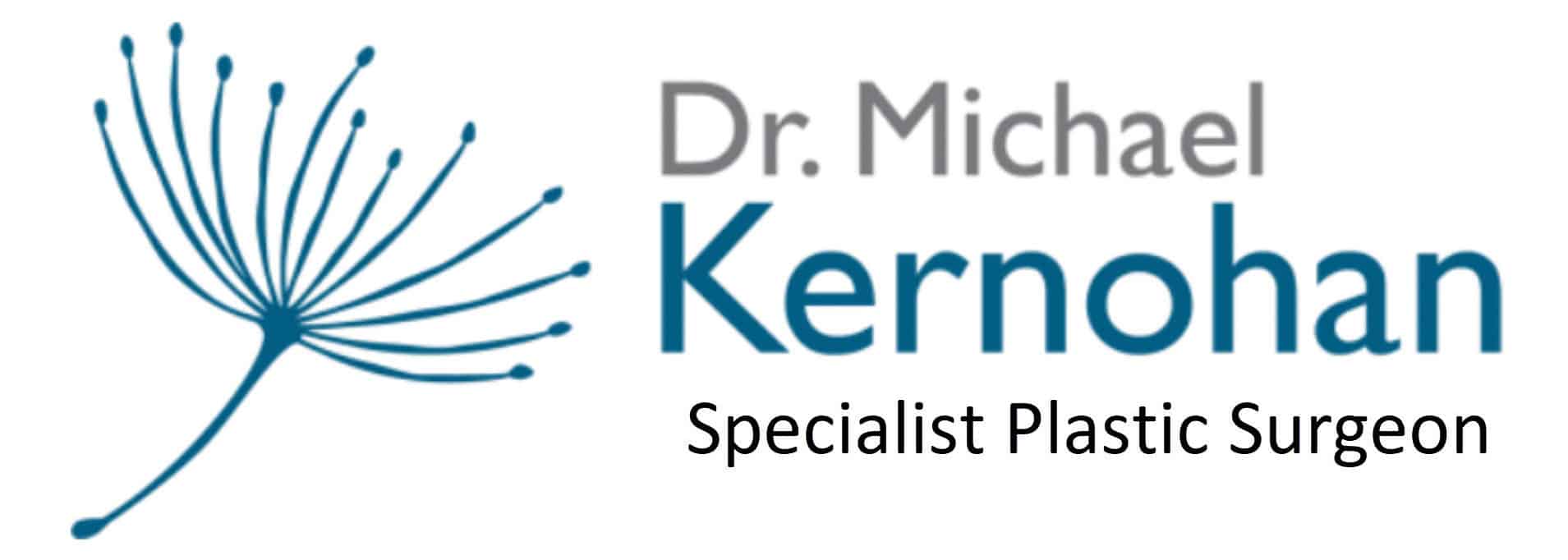When to Resume Exercise after Belt Lipectomy
Resuming exercise after a belt lipectomy as part of your weight loss experience is an important step that can help with recovery. This initial phase post-surgery is important for setting the foundation of a long-term commitment to physical well-being. The focus here is on understanding the importance of reintegrating physical activity in a manner that is safe, gradual, and aligned with your body’s healing process.
After a belt lipectomy, your body needs time to adjust and heal. Introducing exercise during this period isn’t just about getting back into shape; it’s an essential component of your recovery, helping to improve circulation, reduce swelling, and strengthen muscles, all while being mindful of your body’s new dynamics. The aim is to approach this reintroduction to physical activity with caution and informed guidance, ensuring that every movement contributes positively to your recovery.
This process requires a thoughtful approach, balancing the eagerness to move and the necessity to heal. By adopting a phased approach to exercise, starting with light activities and gradually increasing intensity, you’re not just working towards regaining your physical capabilities but also ensuring that your recovery is steady and supported.
Sydney Specialist Plastic Surgeon Dr Michael Kernohan walks you through the safe and effective ways to incorporate exercise after your belt lipectomy. He aims to provide practical advice, from the earliest days of recovery through to the full resumption of your exercise regimen, ensuring that each step you take is in harmony with your body’s needs and your overall health objectives.
Download Dr Kernohan’s Excess Skin Reduction Guide

The Importance of Movement after Surgery
Following surgery, the body starts a complex process of healing. This period is marked by the body’s efforts to repair and rejuvenate itself, a process that can benefit significantly from a carefully considered approach to physical activity. Gentle exercise is a fundamental aspect of recovery, offering several advantages that contribute to a smoother and more efficient healing journey, such as:
Improved Circulation
One of the primary benefits of post-surgery exercise is the enhancement of blood flow throughout the body. This improved circulation is critical for several reasons:
- It ensures that oxygen and essential nutrients are efficiently delivered to the tissues that need them most, particularly those affected by surgical procedures. This can accelerate the healing process and promote more effective tissue repair
- Enhanced blood flow also plays a role in the immune response, helping to prevent infections and other complications that can arise during recovery
Reduced Swelling
Swelling, or oedema, is a common post-operative concern. It results from the body’s natural reaction to surgery and can be uncomfortable, if not properly managed. Engaging in gentle physical activities has been shown to:
- Stimulate lymphatic drainage, which helps in reducing fluid build-up in the tissues
- Decrease the overall time that swelling persists, thereby reducing discomfort and potential complications associated with prolonged swelling
Aiding in the Healing Process
The process of healing is multifaceted, involving the repair of skin, muscle, and other tissues damaged during surgery. Exercise contributes to this process by:
- Promoting tissue regeneration, which is essential for the replacement of damaged cells
- Enhancing the body’s resilience to stress and physical challenges, which can indirectly support the healing process
Maintaining Muscle Strength
Muscle atrophy, or the weakening and loss of muscle mass, is a risk associated with prolonged periods of inactivity. Post-surgery exercise helps to:
- Preserve muscle strength and endurance, which can be compromised during recovery
- Support the body’s overall physical health and functionality, ensuring that individuals can return to their daily activities more swiftly and effectively
Boosting Mood and Mental State
The psychological impact of surgery and the recovery process should not be underestimated. Exercise plays a crucial role in mental and emotional health by:
- Releasing endorphins, often referred to as ‘feel-good’ hormones, which have natural stress-relieving and mood-enhancing properties
- Providing a sense of accomplishment and progress, which can be incredibly beneficial during a period that might otherwise feel marked by limitations and setbacks
Strategies for Incorporating Exercise into Recovery
- Start with low-intensity activities: Begin with simple movements that do not strain the surgical site. Walking at a comfortable pace around the house or garden is a good starting point
- Incorporate range-of-motion exercises: Gentle stretching and flexibility exercises can help maintain joint mobility and prevent stiffness
- Gradually increase activity levels: As recovery progresses, slowly introduce more varied forms of exercise, always heeding medical advice and personal comfort
- Engage in supervised exercise: When possible, work with a physiotherapist or exercise professional who can provide personalised guidance and support
- Prioritise consistency over intensity: Regular, gentle movement is more beneficial than sporadic, intense activity, which could lead to setbacks in recovery
Gradual Progression in Exercise after Belt Lipectomy
The process of regaining your physical activity levels after a belt lipectomy is marked by cautious and gradual steps. It’s essential to listen closely to what your body tells you and to follow the recommendations Dr Kernohan has given. This approach ensures not only the safety of your recovery but also the effectiveness of your return to exercise. Here’s a detailed look at how to approach this progression:
Weeks 1-3
The first few weeks after surgery are about setting a foundation for recovery with minimal exertion:
- Short walks within your home or immediate environment are encouraged. These walks are not about distance or speed but about gently mobilising your body
- Deep breathing exercises are beneficial for maintaining lung health, especially since physical activity is reduced. These exercises also promote relaxation and can aid in the recovery process
- Gentle stretching can help maintain flexibility and prevent the stiffness that might come from reduced activity levels. Focus on gentle, controlled movements that do not strain the surgical site
Weeks 4-7
As your body begins to heal, it’s time to gently increase your activity levels:
- Extend the duration of your walks, gradually increasing the time you spend moving. This helps build endurance and strength in a low-impact manner
- Low-impact activities such as swimming or gentle yoga are excellent during this phase. These activities should be modified to ensure they do not put undue pressure on your recovery. For instance, swimming should be done at a relaxed pace, and yoga poses should be adapted to avoid strain
- Mindful movement is critical during this period. Pay attention to how your body responds to increased activity and adjust accordingly
Week 8 onwards
With your body’s healing process well underway, you can begin to think about returning to your pre-surgery exercise routines:
- Slowly reintroduce exercises you were doing before surgery, focusing on maintaining proper form to avoid injury
- Listen to your body and provide feedback. If something feels uncomfortable or if there’s pain, take a step back and adjust your activity level
- Avoid strenuous activities that might overburden your body or disrupt the recovery. High-impact sports, heavy lifting, or intense aerobic exercises should be avoided until your surgeon gives the green light
Additional Tips for a Successful Recovery after Belt Lipectomy
Recovering from a belt lipectomy, or any surgical procedure, necessitates an all-inclusive approach to care. Beyond the basics of exercise progression, there are several strategies you can employ to facilitate a smoother and more effective recovery:
Stay Hydrated
- The role of hydration in the healing process cannot be overstated. Water is a critical component of bodily functions, facilitating the transport of nutrients and the removal of waste products
- Aim to drink at least eight glasses of water a day, although this amount may vary based on your body size and the climate you live in. If you’re not fond of plain water, consider adding a slice of lemon or cucumber for a hint of flavour
- Avoid beverages that can dehydrate you, such as those with caffeine or alcohol, especially in the early stages of recovery
Wear Comfortable Clothing
- After surgery, your body is sensitive, and the surgical site may be swollen and tender. Tight or restrictive clothing can irritate the area, impede blood flow, and even affect the healing process
- Opt for loose, breathable fabrics that allow for air circulation and don’t press against your skin. Clothes made from cotton or soft blends are often ideal
- Consider garments that are easy to put on and take off, especially if your mobility is temporarily reduced. Zip-up tops or bottoms with elastic waists can be particularly practical
Maintain Good Posture
- Good posture is crucial for preventing additional strain on your body as it heals. It can also help reduce pain and support the proper functioning of your bodily systems
- Use supportive seating that encourages upright posture and provides adequate back support. Avoid slouching or leaning forward for extended periods
- When standing, keep your shoulders back and your spine in a neutral position. If you’re required to spend a lot of time sitting, take regular breaks to stand and gently stretch
Warm-up and Cool-down
- Incorporating a warm-up routine before engaging in any form of exercise prepares your body for physical activity, gradually increasing your heart rate and circulation. It also loosens up your joints and muscles, reducing the risk of injury
- A cool-down phase after exercising helps to gradually lower your heart rate and begin the recovery process for your muscles. Gentle stretching can help reduce muscle tightness and soreness
- Both warm-up and cool-down sessions should be gentle and focused. They are not meant to be intense or strain your body but to signal to your body the beginning and end of physical activity
Nutrition and Recovery
- Nutrition plays a role in healing. Consuming a balanced diet rich in vitamins, minerals, and proteins can significantly impact your recovery speed and quality
- Focus on incorporating a variety of fruits, vegetables, lean proteins, and whole grains into your diet. These foods provide the nutrients your body needs to repair itself
- Avoid processed foods, high-sugar snacks, and excessive fats, as these can inhibit your body’s healing process
Sleep and Rest
- Adequate rest is just as important as physical activity in the recovery process. Sleep facilitates healing and repair of heart and blood vessels, supports immune function, and helps in balancing hormones that affect mood and stress
- Aim for 7-9 hours of quality sleep per night. Create a restful environment in your bedroom, free from distractions like electronic devices, and establish a regular sleep schedule
- Listen to your body: if you feel tired during the day, allow yourself short, restorative naps without feeling guilty
FAQs about Exercise after Belt Lipectomy

When can I start exercising after my belt lipectomy?
- It’s essential to follow Dr Kernohan’s advice regarding the timeline for reintroducing physical activity. In most cases, light walking is encouraged within the first few days post-surgery to promote circulation and reduce the risk of blood clots. More strenuous activities should be gradually introduced, usually not before 6 to 8 weeks post-surgery, depending on your individual healing process.
What types of exercise are recommended in the initial weeks following surgery?
- In the first few weeks, the focus should be on gentle, low-impact activities. Short, frequent walks around your home or neighbourhood can help maintain muscle tone and support your circulation. Additionally, simple stretching exercises, while being mindful of your surgical site, can aid flexibility without putting undue strain on your body.
How do I know if I’m overdoing it with my post-surgery exercise routine?
- Listening to your body is key. Signs that you might be pushing yourself too hard include increased pain, swelling, or redness around the surgical site, unusual fatigue, and any discharge or changes in the appearance of your incision. If you experience any of these symptoms, it’s advisable to reduce your activity level and consult with Dr Kernohan.
Can exercise improve my recovery process after a belt lipectomy?
- Yes, appropriate exercise can play a significant role in your recovery. Activities like walking and gentle stretching improve blood flow, which is beneficial for healing. Exercise can also reduce the risk of complications, such as blood clots, and can help manage swelling by promoting fluid movement throughout your body.
Are there any exercises I should avoid after my belt lipectomy?
- High-impact activities, heavy lifting, and exercises that strain the abdominal area should be avoided until Dr Kernohan gives you the clear. This includes running, weightlifting, and certain types of core workouts. It’s important to gradually reintroduce these activities under professional guidance to prevent injury or complications with your recovery.
Further Reading about Body Procedures with Sydney Specialist Plastic Surgeon Dr Michael Kernohan
- Read more about Belt Lipectomy Sydney
- Read more about Can Super Help Pay for Surgery?
- Read more about Body Surgery Sydney NSW
- Read more about Wearing Compression Garments after Tummy Tuck- Abdominoplasty
- Read more about Body Contouring after Weight loss NSW





